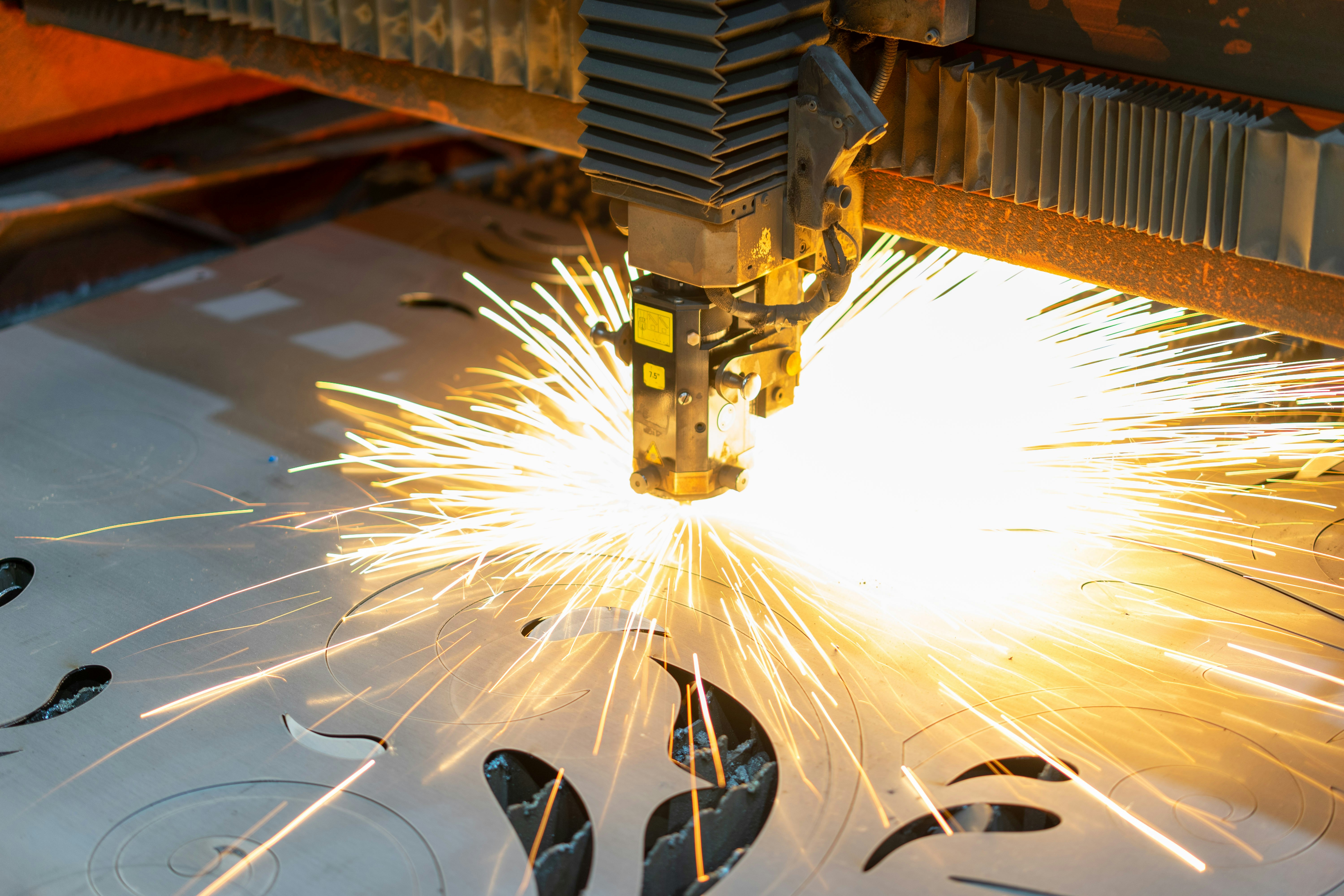- Workplace safety
As the pandemic continues ravaging workplaces, the need for measures to enhance workplace safety has increased now more than ever. AI can be used to identify employees, screen them for temperatures, monitor sanitization of workplaces or use it for contact tracing and monitoring of employee interactions. AI can also be used to monitor the condition or status of machines and find potential problems before they occur. This limits the number of machine breakups that may result in fatalities. The same technologies have also led to solutions to workplace accidents such as trips, falls, and slips, leading to healthier employees and uninterrupted operations.
- Quality checks
Quality products attract customers. That is why manufacturing companies strive to ensure manufactured products are of high quality. However, some flaws in products are just too small to be noticed with a naked eye or using conventional means, even by experienced quality inspectors. With AI-enabled cameras fitted in machines, even the most minor flaws in products can be detected more accurately. Machine learning and vision will track the defects in the production line, spot their imperfections, mark them, and send images to human experts for recommendations or corrections before submitting them to the customer.
- For physical security and managing of buildings
Security is a critical aspect for any enterprise, manufacturing ones included. However, the high cost of security and inefficiencies that come with it is a problem that companies are trying to solve. Hiring live security teams is often expensive, and people can sometimes leave facilities at risk. The advancements in AI allow companies to take advantage of technology by installing advanced cameras and building management systems that effectively manage buildings 24/7. These systems identify strange activities and motion such as theft, shooting, vehicle deliveries, and guest arrivals efficiently and at a low cost.
- Predictive maintenance
Predictive maintenance allows enterprises to identify the issues in machines with high accuracy and recommend maintenance. Instead of waiting until machines stop working for maintenance to be conducted, predictive maintenance capabilities enabled by machine learning identifies issues in advance. This prevents downtimes and accidents that occur due to defects in machines. Machines are embedded with sensors and advanced analytics systems to identify issues and respond to alerts. AI analyzes data, draws conclusions on the condition of machines, and predicts the need for maintenance in a given machine long before it completely fails. A number of companies such as LG, Siemens, and Roland Busch currently use predictive maintenance.
Moving forward, manufacturing companies will increasingly combine AI and ML technologies such as sensors in their machines to help humans perform better in their activities in workplaces. This will increase levels of innovation while at the same time enhancing efficiency and accuracy in operations. Although you may lack the skillset needed to implement these technologies in workplaces, commercial solutions are available for you to start your journey in AI and ML space. With these readily available solutions, you can solve manufacturing problems with machine learning and artificial intelligence today.












